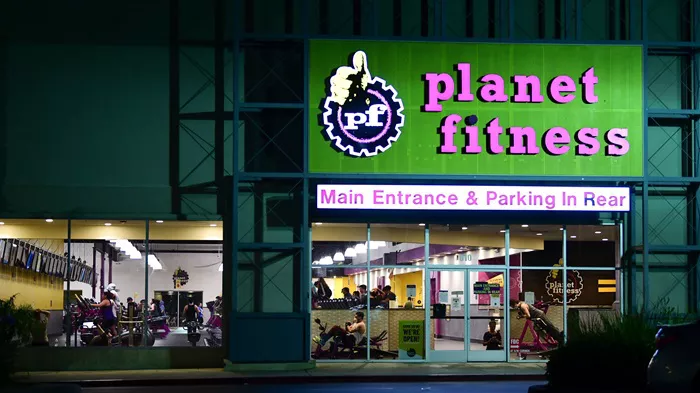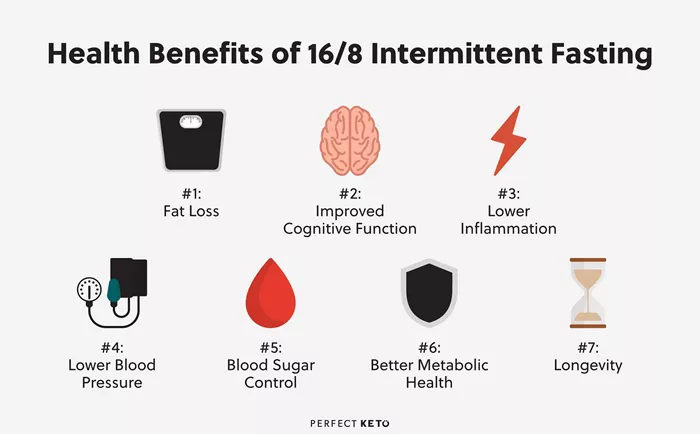As federal subsidies aimed at reducing health insurance costs are set to expire at the end of 2025, millions of Americans could see their premiums rise dramatically, leaving many unable to afford coverage. This shift is particularly concerning for individuals like Andrea Deutsch, a small-business owner and mayor of Narberth, Pennsylvania, who currently benefits from these subsidies.
A Critical Support System at Risk
Andrea Deutsch, who has been mayor since 2018, does not receive health care through her public office. Instead, she relies on the Affordable Care Act (ACA) exchange in Pennsylvania to secure coverage. As a diabetic, Deutsch pays $638.38 per month for her insurance, thanks to enhanced federal subsidies put in place by Congress and the Biden administration in 2021. Without this additional financial aid, her monthly premiums would nearly double, increasing to $1,272.38.
With these subsidies set to expire by 2025, the financial burden on people like Deutsch is set to increase significantly. The cost of extending these enhanced subsidies is estimated at $335 billion over the next decade—an amount that the Republican-controlled Congress and the Trump administration are unlikely to approve, as they focus on budget cuts and potential tax reductions.
State Efforts to Fill the Gap
In Pennsylvania, replacing the federal assistance would require about $500 million per year—an amount deemed insurmountable by state officials. Devon Trolley, executive director of the state’s health insurance exchange, expressed concern over the loss of subsidies, stating that “that is a significant amount of money.”
For many, including Deutsch, losing the federal assistance would mean an unaffordable hike in premiums. “You try not to go bankrupt by the end of your life,” Deutsch said. “You need assets to take care of yourself as you get older and to have a little bit of security.”
The Impact of Enhanced Subsidies
The ACA, enacted in 2010, originally included subsidies to help individuals purchase insurance through the new exchanges. However, the enhanced subsidies, which began in 2021, expanded eligibility to a broader group of people, including those with higher incomes. The enhanced aid has significantly reduced the cost of premiums for many individuals.
Currently, individuals earning up to 150% of the federal poverty level (about $22,590 for a single person) pay little or nothing for coverage. Those making more than four times the poverty level, who were previously ineligible for subsidies, now receive some form of assistance. This expanded help has led to record enrollment in ACA exchanges, with over 21 million Americans now enrolled.
Southern states, in particular, have seen dramatic increases in enrollment, as they have not expanded Medicaid under the ACA. Texas, Mississippi, Georgia, Tennessee, and South Carolina lead the nation in enrollment growth, with increases ranging from 167% to 212% since 2020.
Premium Increases and Enrollment Decline
If the enhanced subsidies are not extended, premiums for many ACA exchange participants could rise by an average of 75%, with some individuals, like Deutsch, seeing their payments double. This premium increase could result in millions of people no longer being able to afford their health insurance. The nonpartisan Congressional Budget Office (CBO) estimates that enrollment in ACA exchanges would drop significantly—from 22.8 million in 2025 to 15.4 million by 2030.
Republican Response and Concerns
While the expiration of the enhanced subsidies presents a potential political opportunity for Republicans to reassess the ACA, experts warn that such a move could exacerbate the problem. Edmund Haislmaier, a senior research fellow at the Heritage Foundation, suggested that Republicans may use this moment to address perceived flaws in the ACA. He argued that before the ACA, self-employed individuals could find affordable private insurance, but now they face expensive and inadequate plans.
However, critics of this approach, like Jared Ortaliza of the Kaiser Family Foundation (KFF), warn that the expiration of subsidies could drive up premiums for everyone. Without the subsidies, many healthier individuals might forgo insurance, leaving a larger proportion of higher-risk individuals on the exchanges, thus raising overall costs.
State Limitations and the Need for Alternative Solutions
States may attempt to mitigate premium hikes through measures like reinsurance, which reimburses insurers for their most expensive enrollees. However, most states lack the financial resources to replace the lost federal subsidies.
Hemi Tewarson, executive director of the National Academy for State Health Policy, noted that very few states could afford to make up the difference, and most will likely face significant coverage losses. Pennsylvania’s Trolley highlighted that while her state provides its own subsidy to help reduce premiums, it spends just $50 million annually—far less than what would be required to replace the federal aid.
California, another state that receives substantial federal aid, estimates that if the subsidies end, premiums for its enrollees will rise by an average of 63%. The state also anticipates that between 138,000 and 183,000 people could disenroll from the marketplace.
The Road Ahead
As the deadline for the expiration of enhanced subsidies approaches, millions of Americans are bracing for significant increases in their health care costs. While some states may attempt to fill the gap, the financial limitations make it unlikely that they will be able to fully replace the federal assistance. For many, the end of these subsidies could mean the loss of affordable health coverage, further exacerbating the nation’s ongoing health care crisis.
Related Topics
New Study Highlights the Health Benefits of Sunlight
Healthcare Professionals Discuss Cancer and Osteoporosis Care in Vietnam at Sandoz Summit
Tackling Pneumonia: Raising Awareness for Early Detection and Prevention



































